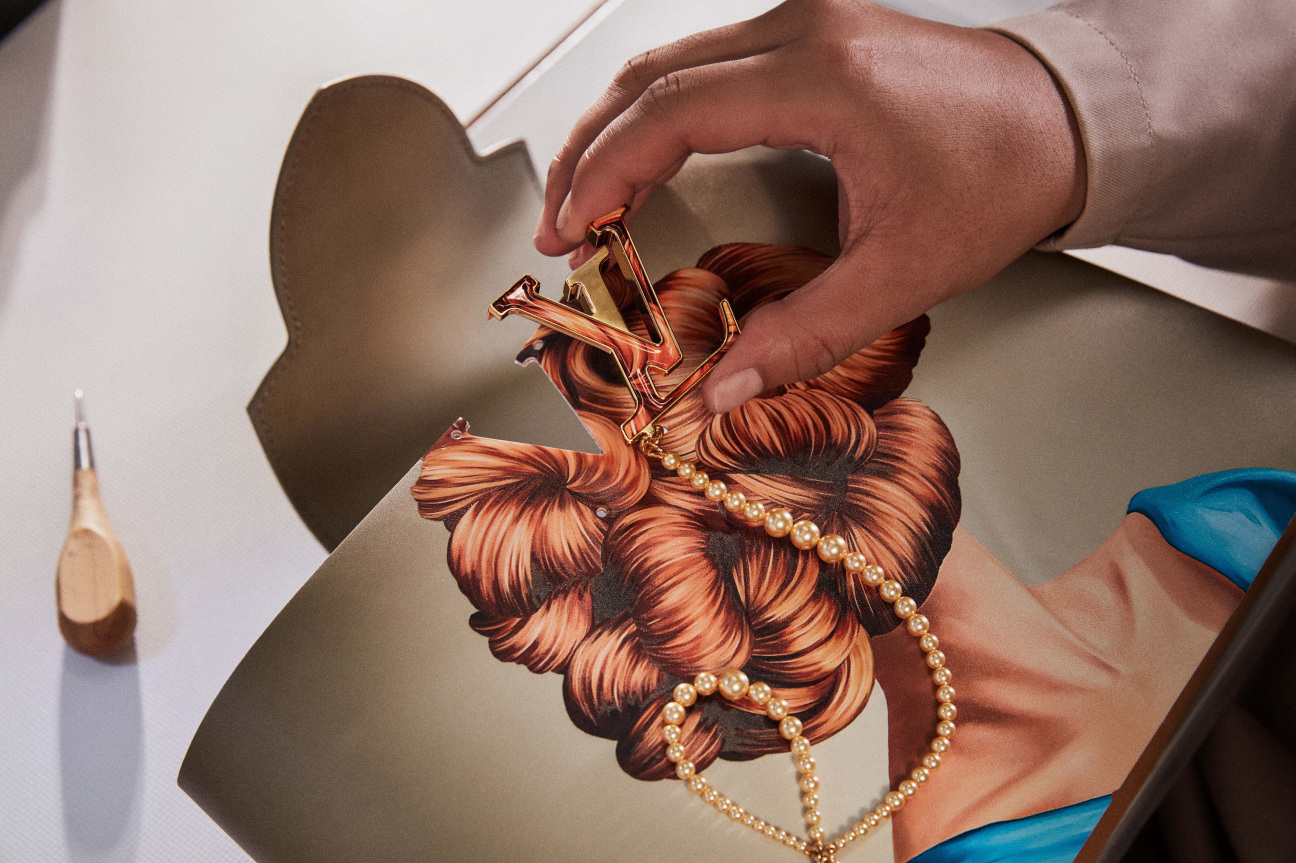
Art and fashion share a long and storied history. The two disciplines have inspired and informed one another for eons—the ancient Greeks carved peplos onto the caryatids of the Acropolis, and during the Renaissance, Venetian artists dazzled patrons with radiant depictions of fabrics and jewels. At times, the two mediums have met to scandalous effect—one need only think of the uproar that rippled through 18th-century French society when painter Élisabeth Vigée Le Brun presented portraits of Marie Antoinette adorned in her decadent splendor.
Louis Vuitton has a hand in this historic tradition. For over a century, the French house has thrived at the dynamic intersection of art, fashion tradition, and innovation. A legendary purveyor of expertly crafted luggage and leatherwares, the brand has never shied away from collaborating with artists who have defined their generations, from Takashi Murakami to Sylvie Fleury.
This fall, Louis Vuitton announced that artists Liza Lou, Ziping Wang, Billie Zangewa, Ewa Juszkiewicz, and duo Tursic & Mille would collaborate with the luxury house on its 2023 Artycapucines. The capsule initiative, now in its fifth edition, invites leading contemporary creatives to turn the Capucine—one of the brand’s beloved bags—into a canvas. This year’s artists, each of whom demonstrates a unique embrace of sartorial principles and material expertise, have dreamed up striking interpretations that touch on the unexpected, the beautiful, and the conceptual, offering visions both playful and poignant.
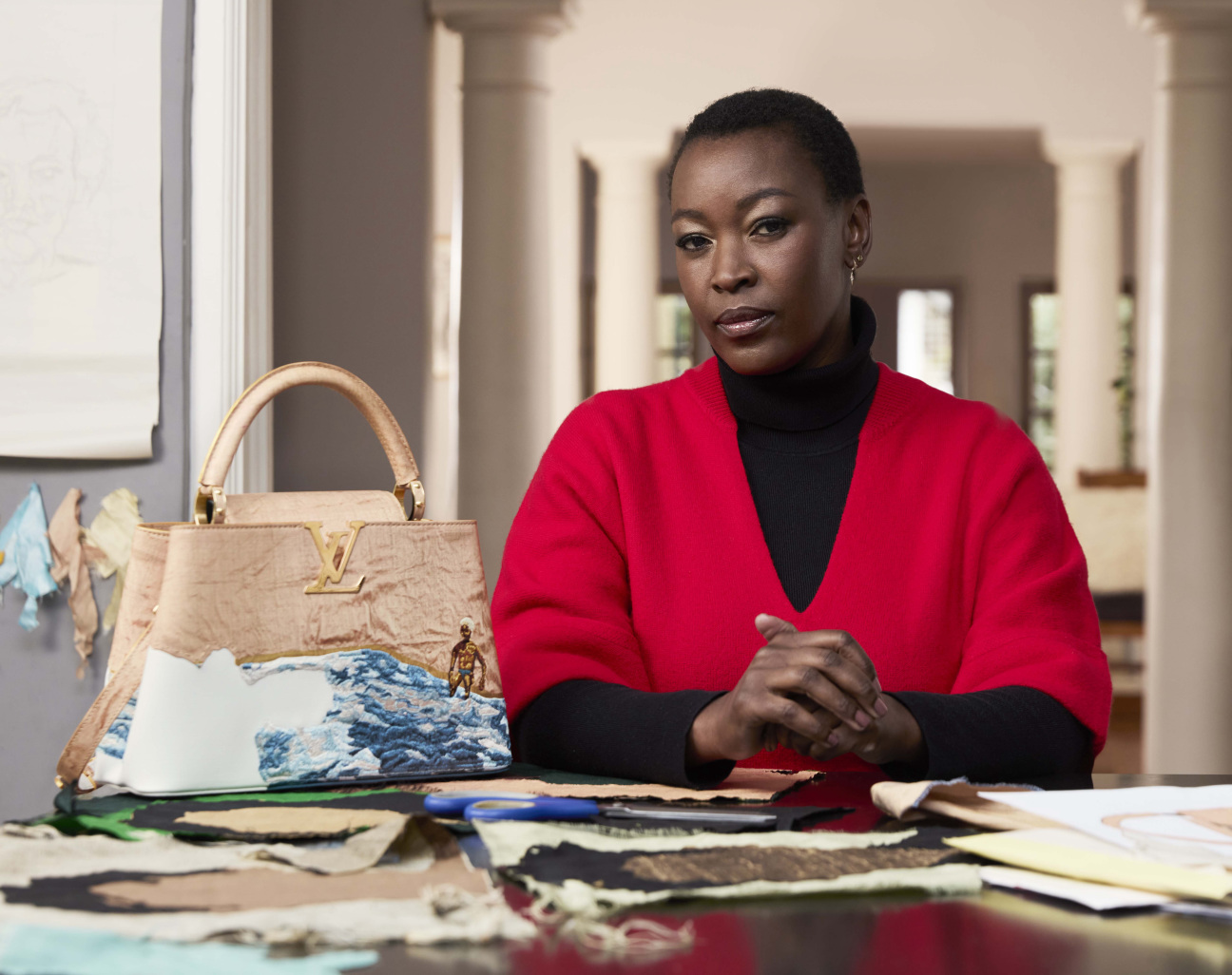
Billie Zangewa first encountered “the mysterious power of sewing” while watching her mother work on small projects with friends during afternoons filled with tea and scones. “It was her sacred space,” she recalls of the sewing circle. The Malawi-born artist, who now works from a home studio in Johannesburg, is known for her hand-sewn silk collages of intimate, photo-album-like scenes.
For her Capucine, Zangewa recontextualized The Swimming Lesson, a work from 2020 in which a young boy looks out at the vast blue ocean. The artist, who has a son of her own, says her works are a way of celebrating the innate power of womanhood and the personal and universal moments that make up a life. It’s a practice, she explains, that revels in “the small things.”
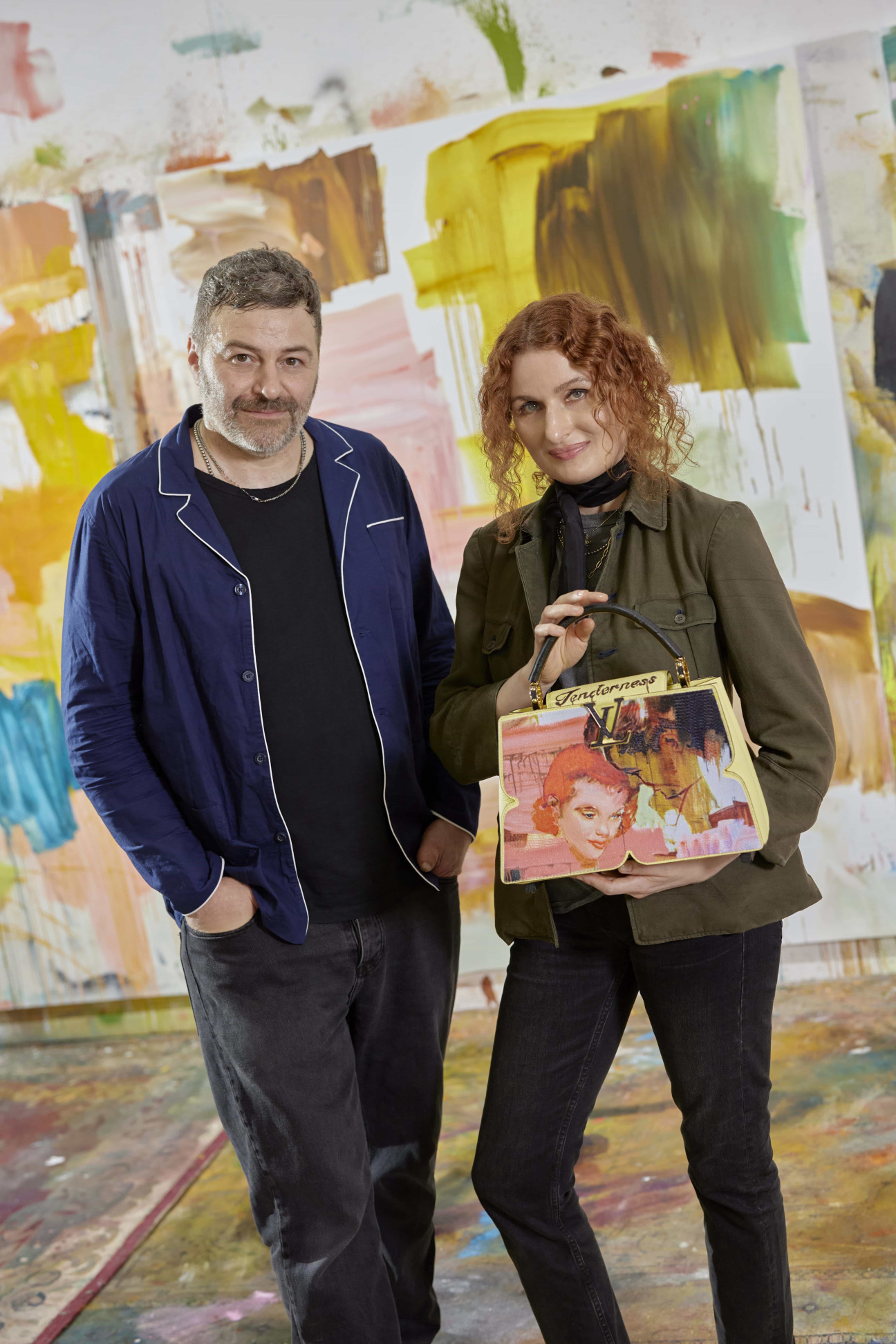
Since forming in 2000, the Serbian and French artist duo Tursic & Mille have earned acclaim for their witty conceptual paintings and sculptures that reconfigure the surfeit of images circulating in our culture today. “Our approach evolves as we evolve,” the pair says of their more than 20-year partnership. Seeking surprise, humor, and chance, Tursic & Mille are always on the lookout for new avenues of expression.
For Artycapucines, the artists worked in turns, adding and subtracting elements—an approach they say “offers two critical viewpoints, two sources of invention.” Emblazoned with a cinematic, 1950s-inspired silhouette of a man and woman with the word “Tenderness” scrawled above their heads, the duo’s interpretation presents a kind of visual riddle. “In painting, nothing is ever what it first seems,” they muse. “A simple change of viewpoint can, for example, transform a portrait into a still life."

Chinese artist Ziping Wang delights in contemporary culture’s visual cornucopia. Her bright, collage-like paintings playfully synthesize imagery from brand logos, food packaging, fabric patterns, and children’s toys, as well as centuries-old visual motifs found in Old Master paintings and Asian decorative arts. Defined by the artist’s clean graphic sensibility, these richly referential paintings translate maximalist aesthetics through a Pop art-esque flattening of the picture plane.
Wang celebrates this whimsical mixing of tradition and modernity in her 2023 Capucine. The artist says she thought of the bag as a “movable sculpture” which she embellished with a mix of eye-catching patterns and shapes. Naming her bag Sweet Tooth, Wang was sure to add a few dulcet touches including a candy-striped handle and a bright red strawberry design. Wang hopes the bag will evoke a sense of “pure celebratory happiness."
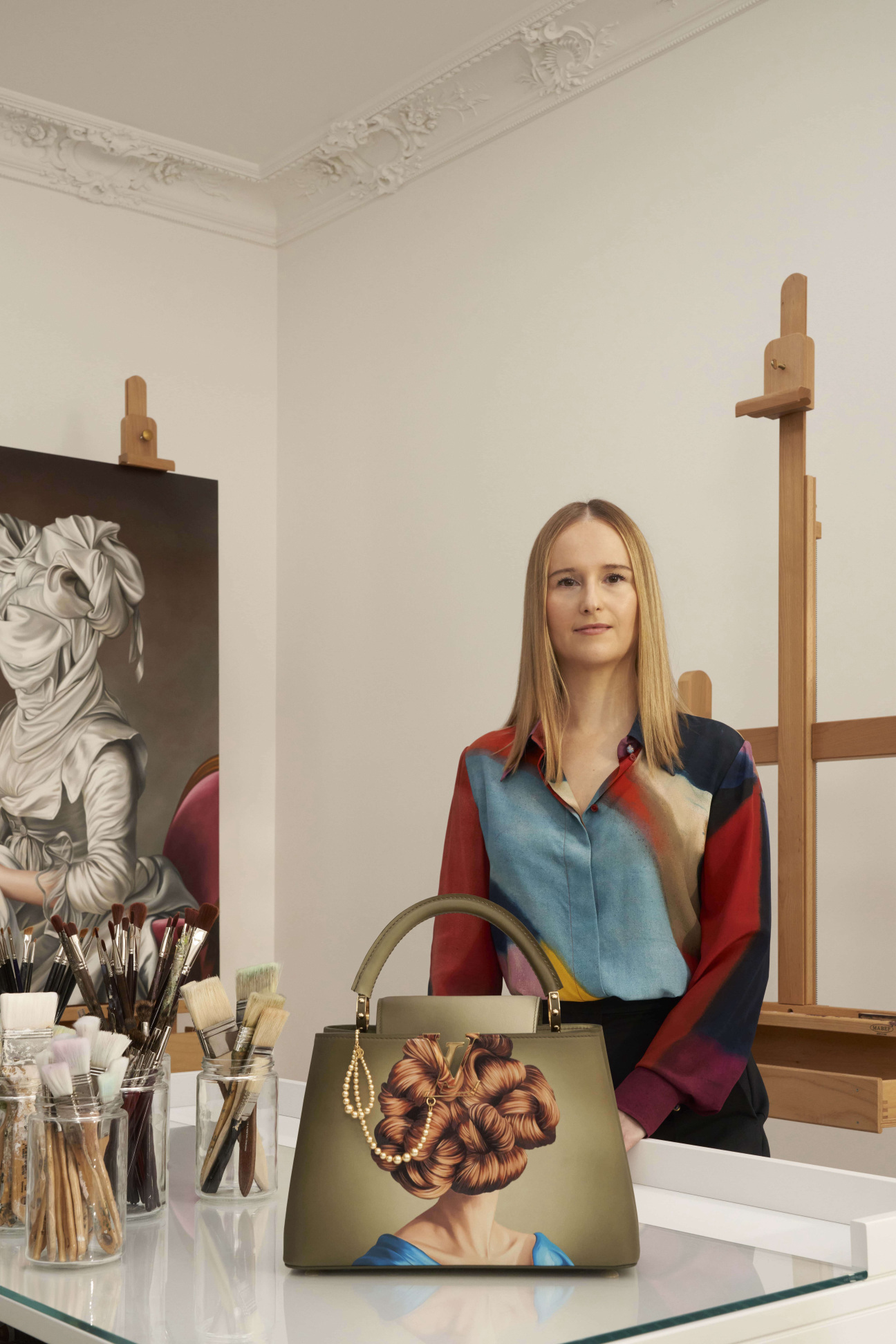
Glamor takes a surreal turn in Polish artist Ewa Juszkiewicz’s painterly hands. Known for her reimaginings of historical women’s portraiture, Juszkiewicz shrouds the faces of her elegant figures with unexpected elements—a swath of fabric, a bundle of green leaves. These interventions interrogate societal expectations for female beauty while exposing, as the artist says, “what was often hidden behind the art historical canon: women’s emotions, wildness, and vitality.”
Juszkiewicz has translated her 2021 painting Ginger Locks, depicting a woman’s face obscured by a decadent mass of auburn curls, into her Capucine. A luminous strand of pearls punctuates the bag’s handsome form. “Reflecting colors and different textures was crucial for me,” remarks Juszkiewicz. “By combining various techniques and materials, like hand-dyed leather and multilayered printing, the final effect is beautiful and sophisticated … Thanks to the elaborate manual work of expert artisans, each of my bags is unique."
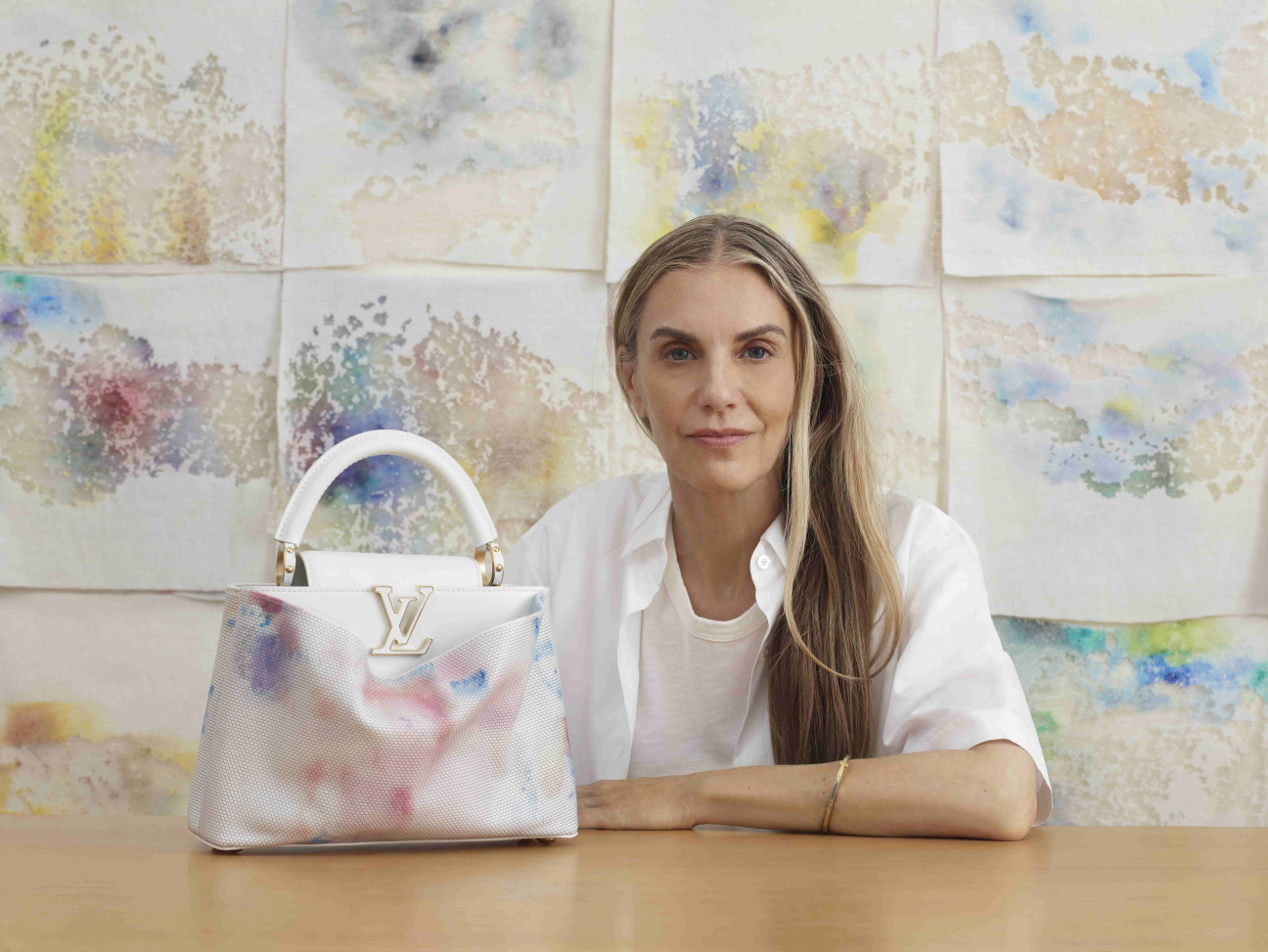
Beads, in all their kaleidoscopic, shiny iterations, are American artist Liza Lou’s material muse. “I can be walking down the street, and there will be a bead on the curb, glinting amongst old gum and candy wrappers. They sort of wave at me and flirt,” she muses. Her passion for beads has translated to her Capucine, too, with textured pastel beadwork embossed onto its surface. The effect is luminous and watercolor-like, with passages of pale purples, pinks, and bright blues suffused amid a bed of white beads.
Lou—whose iconic work Kitchen [1991–96], a full-scale kitchen encrusted in a kaleidoscopic and dizzying sheet of beads, was recently on long-term view at the Whitney Museum of American Art—traded city life in Los Angeles for the tranquil vistas of the American West a few years back. Working from a studio in Joshua Tree, California, Lou says the new terrain has offered her a “sense of solidarity and connectedness with the world all around." As for her Capucine, she hopes it offers a sense of wonder and possibility to those who encounter it. “I always hope my work can serve as a big friendly hello,” she declares.


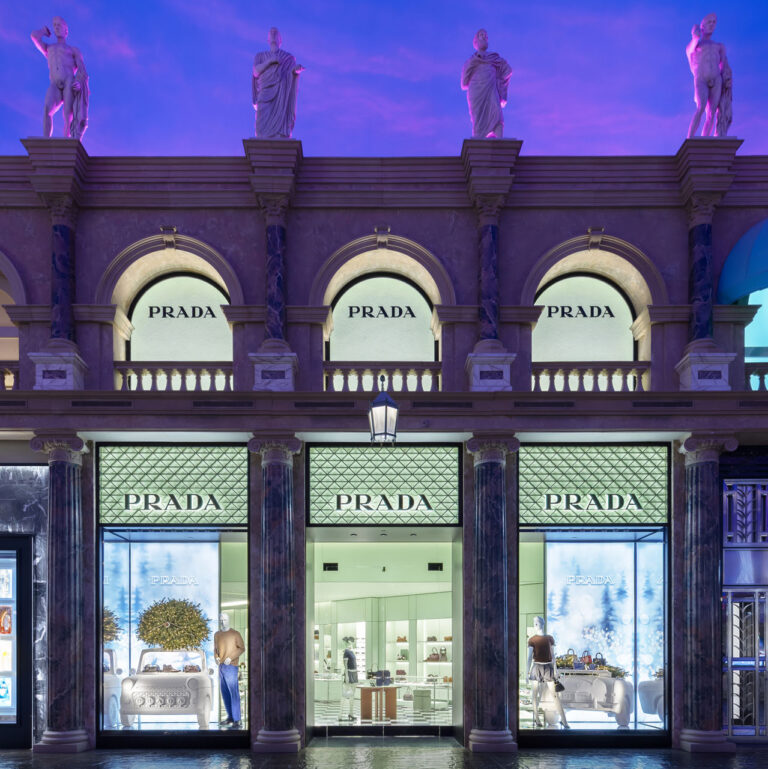


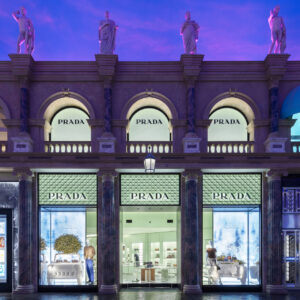
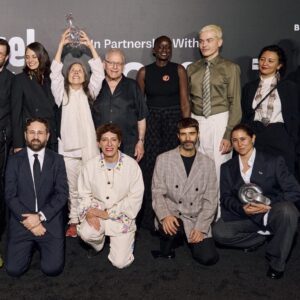



 in your life?
in your life?

